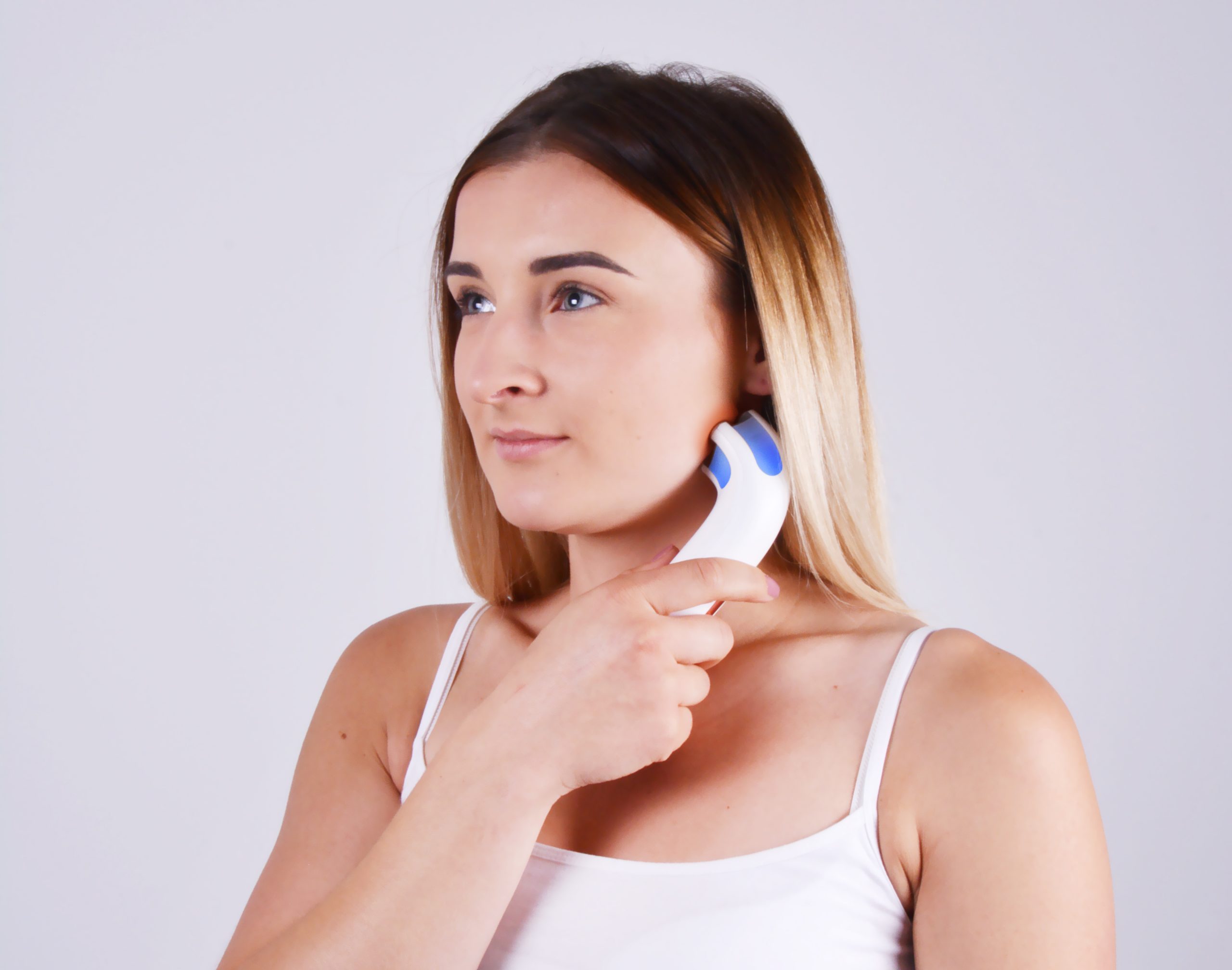
Facial light therapy, the latest skincare craze, is a favourite of influencers and celebrities.
But more and more brands are coming out with at-home LED systems so that you can treat these skin problems on your own. Hallelujah! Facial light therapy is no longer exclusive to the dermatologist’s office.
But is investing in an at-home kit worth the investment? And what are the benefits?
Stephanie Taylor, Managing Director of health and beauty retailer StressNoMore has all the information you need to help you decide if at home facial light therapy is for you…
What is facial light therapy?
This non-invasive treatment has traditionally been used by beauty professionals for a range of skin problems. LED lights act similarly with skin to the way the sun does with plants, so the use of a mask will rejuvenate your face by awakening the cells and boosting collagen production.
Facial light therapy is known to repair skin damage as a more powerful alternative to applying vitamin C or retinol creams and oils. The light penetrates the skin and causes intercellular reactions, targeting problematic areas from within, not just on a surface level.
If you suffer from skin ailments like rosacea, psoriasis, sun damage or acne scarring, or are noticing fine lines appearing, you could see impressive and long-term results with facial light therapy.
The average price of the at-home light therapy masks is approximately £300, however other handheld light therapy devices will cost far less. This may seem expensive, but it is a fraction of the dermatological treatment, costing anywhere up to £85 for just one session.
How does facial light therapy work?
Facial light therapy devices use different wavelengths of light to target different skin issues. In a dermatologist’s office these can be completely tailored to the individual, but with at-home devices, they generally fall into different colour categories.
Red light waves increase the skin’s collagen and elastin levels, reducing signs of ageing. They also target the skin’s redness and are the most common type of wavelength used, perhaps due to the wide range of problems red light can target.
Other wavelengths include green, which is great for pigmentation problems and blue, used for killing acne bacteria and regulating the skin’s sebum and oils.
Is facial light therapy safe?
Yes. Facial light therapy devices use LED lights as opposed to UV lights. Therefore, the light doesn’t cause any burns or skin damage.
If you’re thinking of buying an at-home light therapy kit, always buy from a trustworthy retailer and check the device comes with a warranty.
It’s also important to follow the manufacturer’s instructions for use and sticking to the recommended amount of exposure per week as per the manual. If you think there is a fault with your device, do not use and contact the manufacturer.
Without proper vision protection, some devices which cover the eyes could be dangerous, so be sure to wear the blackout/opaque goggles provided with the device to protect your vision.
How long does it take to see results?
At-home facial light therapy isn’t as intensive as in the salon, but at a fraction of the cost with the bonus of convenience, investing in a LED device to use at home is a great way to maintain healthy glowing skin and go longer in between other beauty treatments you may get done professionally.
The results of facial light therapy are fairly prompt and it’s likely you’ll see a noticeable improvement to your skin’s texture and appearance within one to two weeks of using a device.
Many devices will feature different intensity levels and you can set an automatic timer, usually between 5 – 50 minutes. Some devices allow you to choose just one kind of light, or to cycle through all three for a comprehensive skincare treatment so you can target different skin concerns at once.
After initially using facial light therapy more intensively in the first two weeks through daily treatments, you can reduce your regime to 1-2 maintenance treatments a week.
During this time, make sure to keep up your usual beauty routine of cleansing, toning and moisturising. Exfoliating your skin lightly once a week can also help to get rid of dead cells and unblock pores for cleaner, clearer skin.



